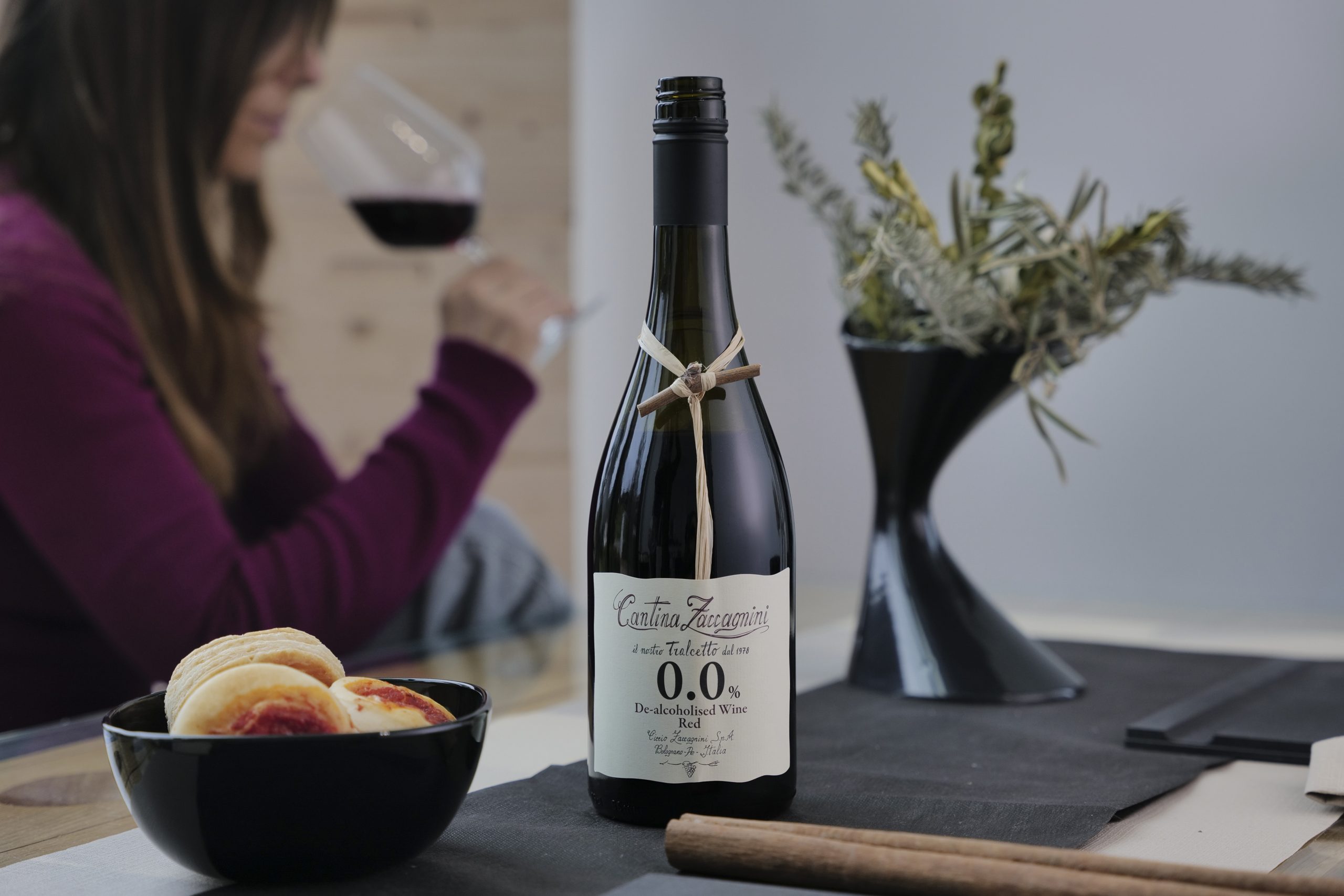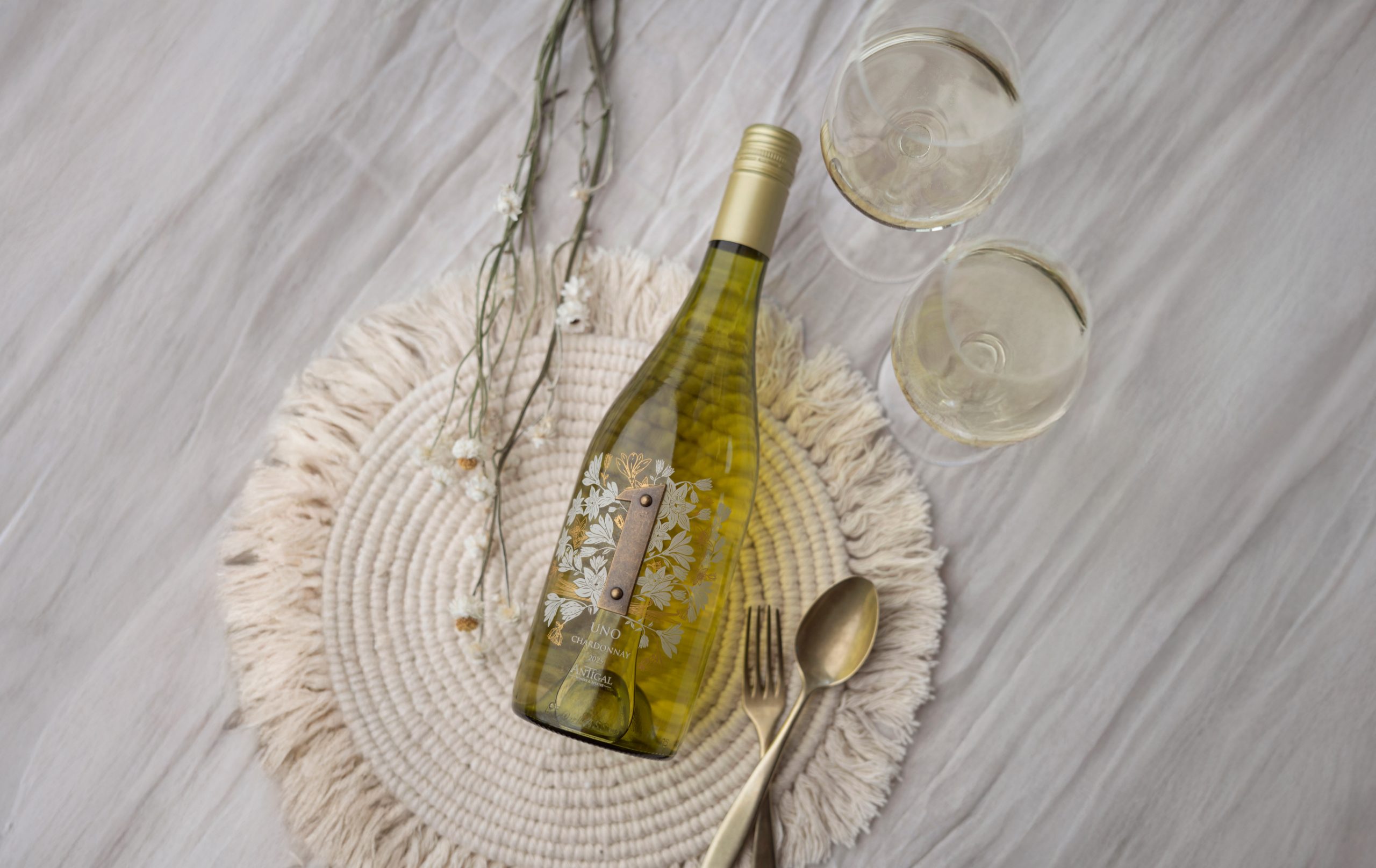André Simon Award: Amber Revolution
In the run-up to the 40th André Simon Awards, the drinks business is running an extract from each of the shortlisted books in the drinks category. First of all, Simon Woolf tells the tale of ‘orange’ wines, their past, present and future in his book ‘Amber Revolution’.
1. A step into the void
I’m buried deep in the earth’s crust, clambering past densely packed fissures of elemental rock that drip with minerals and salty deposits. A sheer face of diagonally ribbed limestone rises up, stacked layer upon layer into the compressed fabric of millennia, of time itself. This is a primeval, ancient place, the path surely hewn by giants – or magicians wielding implements imbued with supernatural strength.
Just as the eyes adjust to the near total dark, shards of yellow light appear, illuminating a crevice, exposing a gaping void gouged out by an ancient spring. The inky blackness that lies behind it seems more impenetrable than the eye of a thunderstorm or the gravitational pull of a black hole. I take a cautious step back and bump into a conical oak vat.
And then a wine glass is pressed into my hand.
It contains a luminous amber liquid, seemingly tinged with an electric pink afterglow. The aromas hit first – they’re as bright and vital as the surroundings are dark and mysterious. A tiny sip is enough to release the life force within. Intense yet refreshing sensations crowd into the mouth with such force and complexity that the brain can scarcely process them in any meaningful fashion.
It’s truly a light-bulb moment, and I don’t know it yet but it will revolutionise my life. But what is this strange yet compelling libation? Was it fashioned by the same otherworldly spirits that created the cavernous lair all around me?
Winemaking could be said to be a kind of alchemy, but wizardry it is not – this delicious elixir had a human hand behind it. The moment was October 2011, a crisp, sunny autumn day in the village of Prepotto near Trieste. The place was Sandi Skerk’s winery, a cellar which is bored deep into the Carso region’s unyielding limestone rock, although the manner of its creation doubtless involved nothing more occult than a jackhammer and a JCB.
That day was my first conscious experience of a venerable wine style, elegantly described in Italian as vino bianco macerato – literally, macerated white wine. That being a rather technical phrase, many wine lovers now prefer the more succinct term ‘orange wine’, referring to the deeper hues that maceration brings about, which can span anything from light orange to amber gold or russet brown.
My visit that day generated far more questions than answers. Why, as a self-confessed wine nut with a penchant for the exotic, had I never tasted a wine like this before? How exactly are they made? Who else makes them, and are they only to be found in northern Italy?
Partner Content
I returned home (London, at the time) with a mission. I would write an informative article on my then fledging wine blog, aiming to convey the otherworldly experience of visiting Sandi’s cellar along with those of two of his colleagues – and I’d explain what the wines were about, why they looked, tasted and smelled so different.
The modus operandi was surely simple – search online for a good primer, check my battered Oxford Companion to Wine, find the go-to book for the wines of Friuli and Carso – and perhaps a slim volume on il vini bianchi macerati, too?
I was in for a shock. There was very little information in English about Friuli’s wines and even less about the more obscure Carso (technically part of the Friuli-Venezia Giulia region, but culturally quite separate to the rest of Friuli). The third edition of the Oxford Companion to Wine, published in 2006, provided no explanation of the revelations I’d experienced in the Carso. And when it came to resources for macerated white wines, the internet yielded a few cursory references but little more. There was categorically no book.
Reprinted with permission from Amber Revolutionby Simon J Woolf, copyright © 2018. Published by The Morning Claret.
the drinks business and the André Simon Awards will also be offering readers the chance to win a copy of each of the shortlisted books over the coming weeks. Stay tuned to our social media channels on Twitter, Facebook and Instagram for further details.
All these books have been shortlisted in the drinks category for the André Simon Food & Drink Book Awards 2018 Founded in 1978, the André Simon Food & Drink Book Awards are the only awards in the UK to exclusively recognise the achievements of food and drink writers and are the longest continuous running awards of their kind. The first two awards were given to Elizabeth David and Rosemary Hume for their outstanding contribution in the fields of food and cooking. Other winners include Michel Roux, Hugh Fearnley-Whittingstall, Nigel Slater and Rick Stein. www.andresimon.co.uk




